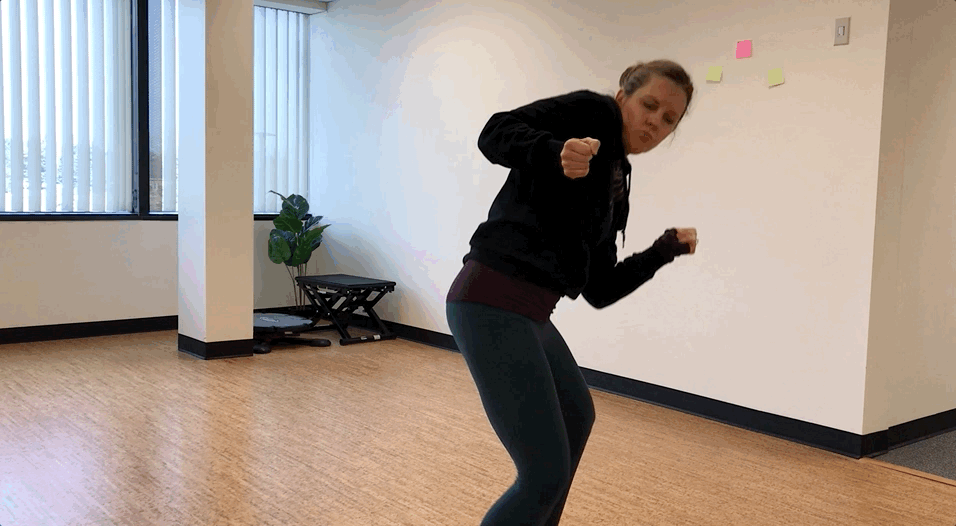Wow. Time really does fly! We've now spent 5 weeks learning and practicing a myriad of different ways to help dancers improve turnout. We've previously worked on building both strength and flexibility throughout the legs and feet, but Week 5 of our turnout workshop at Dancenter North brought us further north in the body- to an area called the thoracic spine.
The thoracic spine is the name for the region of the spine comprised of the 12 vertebrae where ribs attach. Although the word “ribcage” kind of brings to mind the static structure of a birdcage (indeed, our lungs and heart are enclosed safely within it), this area of the body has the capability to move quite a bit. The reasons why thoracic spine and ribcage movement are relevant to turnout can get a little complex, but we’ll dive in to a couple of them here.
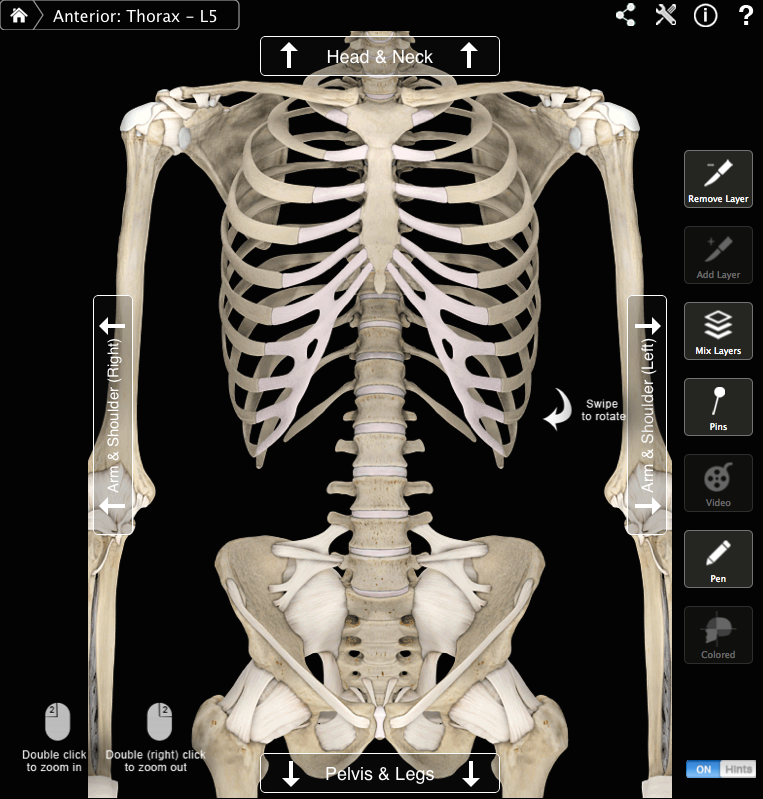
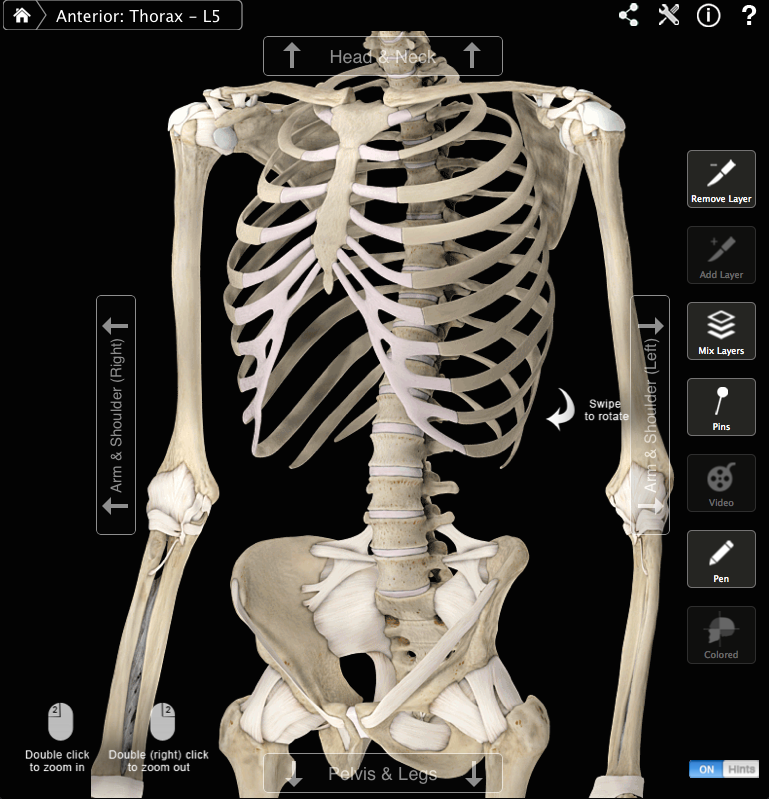
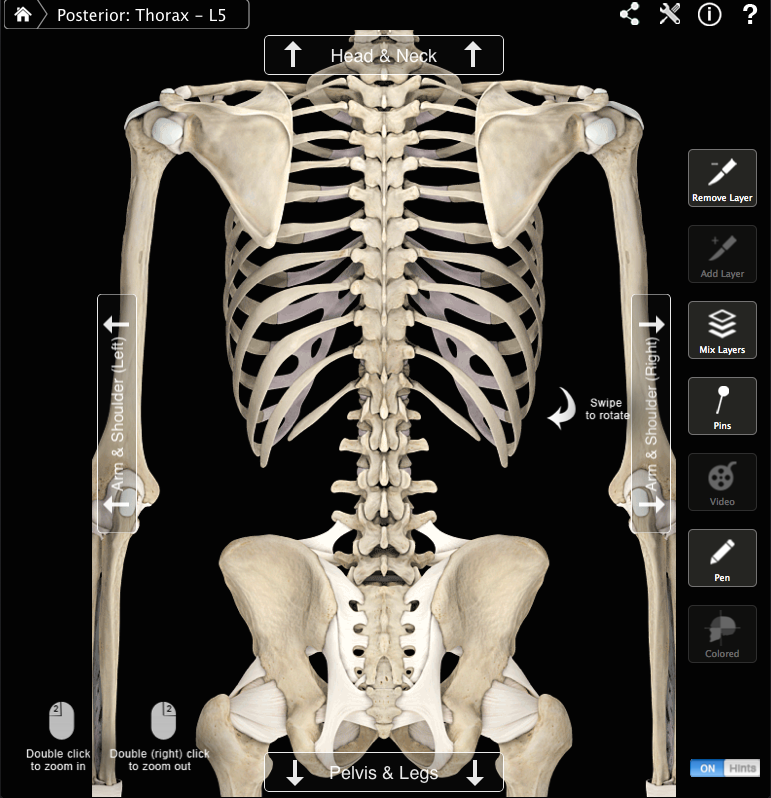
1. When we realize that the human body works as a complete system, it is natural to realize that movement of one body part is absorbed and distributed through the entire system. When we move our head, arms, or shoulders in one direction, that movement must continue somewhat through the spine (just try moving your head or arms without moving your spine- you won’t be able to get very far!). If the thoracic spine and ribcage do not move very well, they will not be able to absorb the movement of the upper body, and that movement will likely be translated to the hips, or even to the knees. So, having a flexible thoracic spine and ribcage is important to turnout because stiffness of these areas can make it very difficult to hold hip and pelvis placement while executing porte de bras (movement of the arms).
In class, we observed this phenomenon by standing on one foot, in passé, with both legs turned out. We then reached our arms out the the sides and rotated our upper bodies to the right and left. Try this at home, (being careful to avoid causing pain or aggravating any existing injuries!) and notice how your pelvis moves in response to your upper body movement. Our goal is to be able to allow your upper body to move as far as possible while maintaining good control of your hips and pelvis so you can still maintain good turnout in the legs. Doing exercise designed to help your thoracic spine and ribcage move better can be a great step toward reaching this goal.
2. Gaining strength and control of thoracic spine movement is also critical to maintaining hip and pelvis alignment and turnout while dancing. Fortunately, we have many muscles (4 layers of abdominal muscles) and quite a bit of connective tissue that connect our spine and ribcage to our pelvis. When we exercise 3 dimensionally and with a focus on building both flexibility and strength throughout our movement range, these muscles become a tremendous asset to our dancing. I've included a couple of videos below to give you a visual on this concept.
Video #1: A twist on the porte de bras stretch, promoting thoracic spine and ribcage movement in 3 dimensions. Remember to only work where you are comfortable and successful. Allow your body to give you more stretch when it is ready- don’t force it. Please discontinue this exercise and consult with your doctor or physical therapist if you are experiencing pain or if you are unsure as to whether this exercise is right for you.
Video #2: A plank on hands and feet with 3D pelvis movement will challenge your abdominal and hip muscles to be both flexible and strong throughout your movement range. Remember to only work where you are comfortable and successful. Allow your body to give you more stretch when it is ready- don’t force it. Please discontinue this exercise and consult with your doctor or physical therapist if you are experiencing pain or if you are unsure as to whether this exercise is right for you.
Next week is week 6! For the last week of this blog series, I will post some common questions about turnout, as well as my best attempts to answer these questions. Please feel free to add any of your questions to the comments below and I'll do my best to answer those, too. Thanks for joining us!
